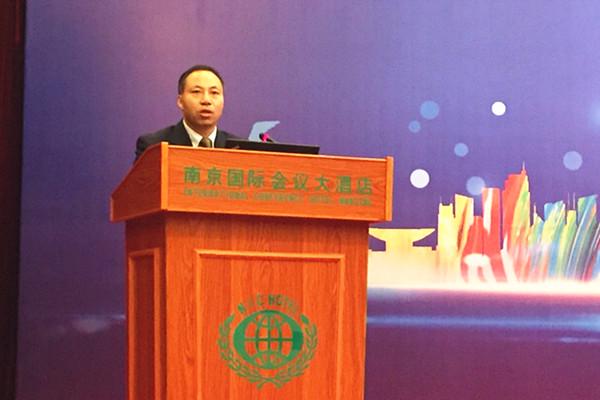On the religious charities and social development forum, Wang Jian, the deputy director of the Nanjing Bureau of Ethnic and Religious Affairs, introduces that the religious community in Nanjing has raised funds up to 12 million yuan, benefiting over 10,000 people since 2012.
Besides this achievement, the people have taken an active part in the "Religious Charity Week" initiated by the local bureau and launched activities in aiding the poor, the aged and the disabled as well as disaster relief and eco-environmental protection.
However, problems still exist in religious charities, including too small coverages, limited development, a lack of potential growth and insufficient influence.
Wang shares three reasons for these problems:
1. The sizes of charitable organizations are limited.
The majority of religious charities in Nanjing are carried out in venues for religious activities or only by some certain charitable organizations, resulting in small scale numbers of volunteers and donors, narrow service areas, monotony in format and uneven development.
2. Lacking professional talents
Currently, there are few employees who hold professional certificates working for charitable institutions. Most of the practitioners are unprofessional, inexperienced and weak in ability of organization and coordination, which has restricted the sustainable development of the career.
3. Inadequate brand effect
Only a few charity brands that have critical characteristics and far-reaching influence have been launched despite having many funds, manpower and resources invested for its operations.
He claims that there are four areas that can be utilized to improve the situation:
First of all, operate organizations with a clear structure and ensure to keep them open and transparent. Establish the sound systems on donation management, financial revenue and expenditure, item examination and approval, as well as how Information publicity is done.
Second, explore charity programs and areas. The religious community should give full play to the advantages of each religion, actively participate in their activities and promote the religious charity activities.
Moreover, strengthen the construction of talents. Make a long-term plan for the construction of religious charity talents and establish the work coordination system. For one thing, strengthen the training for the employees; and for another, introduce some professional talents as planned to support these changes.
Finally, forge characteristic brands that would make the charity unique. Integrate all sorts of resources and instigate more efforts to carry out different styles of religious charity activities, which would then lay the foundation for forging influential, featured and famous brands for the sector.













